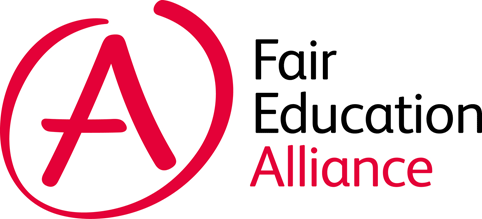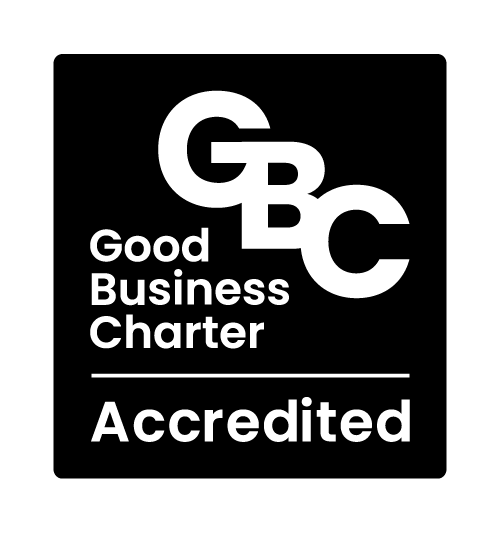Six FAQs about teaching Israel and Palestine

I wonder if the authors of the HA report ‘Teaching emotive and controversial history’ 2007 feel despairing or vindicated? Despairing because it’s become ever harder to find controversial history topics taught in the classroom or vindicated because they predicted this in 2007. The conflict between Israel and Palestine is a good example. The Arab Israeli conflict was a staple topic for many history departments of the 1970s and 1980s before a gradual slide out of fashion. By 2021, only 27 schools were teaching it at GCSE, and it isn’t because peace had broken out in the Middle East.
Research we have run explains why teachers don’t want to teach this topic; they say things like ‘I’m worried I’m going to be accused of bias and then get labelled as anti-Semitic or Islamophobic’, ‘the students know more than I do which is a bit unnerving!’ ‘It’s a hot topic at school and there’s no support from SLT on bringing this into the classroom,’ ‘I’m worried that one of the students will say something bad in class and I’ll have to report them’.
What no teacher has ever said to us is ‘the students think it’s a boring topic’.
We want to help teachers teach controversial history and we try to provide the tools they’ll need to help them like schemes of work, CPD and debating opportunities for students.
In thinking through how to create a scheme of work about Israel Palestine which teachers would find exciting, challenging, but also safe to teach, we asked ourselves and others the following questions:
- How do we avoid bias in explaining a conflict when there’s no uncontested middle ground?
- How can we make this truly evidence-led?
- Where can we build in differentiation?
- How can we ensure the lessons help build back some of the speaking and listening skills lost during Covid?
- Where does this best fit in the KS3 curriculum?
- How does this relate to the current debate about the ‘decolonisation’ versus ‘diversification’ of the history curriculum?
After engaging with hundreds of teachers over five years, thinking about these questions and after several wrong turns along the way, we have developed the scheme of work below.
| WEEK | KEY QUESTION | CONTENT | FOCUS/SKILL |
| 1 | Which group had the strongest claim to the land between the Mediterranean and the Jordan? | Origins of Judaism
Arab Invasions Ottoman Empire |
Chronology
Source evaluation Argumentation |
| 2 | Should the British Government be praised or blamed for the Balfour Declaration? | WWI
Arab Revolt Zionism Balfour Declaration |
Causation
Source evaluation Argumentation |
| 3 | Should the British Government be blamed for its handling of the Mandate in Palestine? | End of WWI
League of Nations WWII Balfour Declaration |
Consequences
Source evaluation Argumentation |
| 4 | Should Jewish armed forces be blamed for the forced dispossession of half the Arab population from their homes in Palestine in 1948? | 1948
Israel’s War of Independence/Naqba |
Consequences
Source evaluation Argumentation |
| 5 | Was Israel forced to begin the Six-Day War to protect itself from Arab aggression? | 1967
Six-Day War/Naksa |
Causation
Source evaluation Argumentation |
| 6 | Were the Israelis justified in the use of force in the First Intifada? | 1987
The First Intifada |
Causation
Source evaluation Argumentation |
| 7 | Are the Palestinians mainly to blame for the failure of the Peace Process? | Oslo
Camp David Gaza Settlements |
Consequences
Source evaluation Argumentation |
| 8 | Has the Israeli government been justified in building the Security Barrier/Separation Wall? | Second Intifada
The Wall Settlements |
Justification
Source evaluation Argumentation |
| 9 | Would a One State or a Two State outcome be better for Israelis and Palestinians? | Political representation
Voting rights Economy |
Consequences
Analysis Judgement |
The best way of explaining how this works is to simply answer the questions raised above.
- Tell each competing historical narrative sympathetically and with equal weight. The teacher’s role is to challenge students to engage with the narratives and evidence and come to their own view. Parallel Histories has already made an interactive video containing both narratives for each week of the scheme of work and they are free to access here, https://www.parallelhistories.org.uk/history-scheme-of-work, so you don’t need to do that. Some students may object at first – ‘Miss, this is confusing, can’t you just tell us what happened?’ at which point you reply, ‘I’m not here to teach you what to think, I’m here to teach you how to think’. I know it’s a cliché but it’s probably a fresh idea for your thirteen-year-old students!
- Minimise the narrative and maximise the sources! Jonathan Sellin’s article Teaching History 2020 explains the importance of leading with the sources and letting the students wrestle the meaning out of them – a process which starts to bridge the gulf between practice at university and ‘doing’ sources at school.
- Differentiation in class is always a challenge, but in these lessons, it can be achieved by the range of sources you use. Shaun Collins writing in History Today in September 2013 makes an excellent case for starting lessons with a visual source, not because it’s ‘simple’ – in fact it may be rich and complex – but because it doesn’t put off ‘text averse’ students. We supply twenty sources for each week in packs which are organised by difficulty – three which are easier to access, followed by three more complex or text heavy, and four of intermediate difficulty.
- Covid disruption has left students less able to both talk and listen in class, and so we have planned in an informal debate each week of the scheme of work. The key is for talking to become normal, everyday and for everyone, and our debates are structured so that every student in the class must speak. We organise the classroom into three groups of ten students, with each group containing two teams of four plus one or two moderators to give feedback. Successive education ministers have known that the exam system creates an unhelpful bias towards the written word – let’s hope that today’s government backed initiatives to promote ‘Oracy’ in schools will gain more traction than the National Oracy Project that ran 1988-1993.
- The best place for this scheme of work is in Y9 and probably in the summer term – that’s where most teachers we work with place it. When surveyed the reasons they give are, in order of popularity; ‘it’s a great topic with lots of useful content elements which they’ll come across at KS4 like imperialism, nationalism, League of Nations, Cold War’, ‘it’s a nice springboard into the source evaluation skills they’ll need at KS4’, ‘they’ll enjoy finishing the year with a scheme of work which is heavy on talking and light on writing’, ‘my SLT said I should teach this as they were blindsided by the demonstrations in school last year during the Gaza thing’, ‘it gives them an early taste of interpretations and they love arguing’.
- The debate ‘Decolonise or diversify the curriculum’ is presented as binary, but it really doesn’t have to be one thing or the other. When you teach Israel and Palestine you can do both. You will be diversifying the curriculum with a new non-European topic which at the same time is linked to international issues and so reinforces and deepens existing knowledge and avoids the feel of being something ‘bolted on’. And you will also be allowing teachers to introduce the theories and practice of decolonisation using a complicated example where the ownership of land is disputed and the contest for power is a three-way fight.
Michael Davies is the Editor and Founder of Parallel Histories






